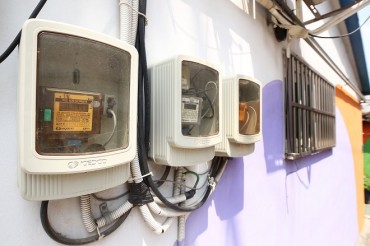
29 percent of the patients made the decision themselves to suspend or abort life-sustaining treatment. (image: Korea Bizwire)
SEOUL, Jul. 10 (Korea Bizwire) — In the 12 months since new legislation on life-sustaining treatment came into effect, the percentage of patients deciding to suspend or abort life-sustaining treatment has increased by more than 29 times.
A research team led by Prof. Heo Dae-seok at Seoul National University Hospital announced on Tuesday the results of a survey of 809 adult patients who passed away after filling out the form on life-sustaining treatment during the 12 months since February 2018.
The results showed that 29 percent of the patients made the decision themselves to suspend or abort life-sustaining treatment.
The result comes as a stark contrast after a similar survey in 2003 and 2004, when only 1 percent of the 143 patients at Boramae Medical Center made the decision themselves to suspend or abort life-sustaining treatment.
At 71 percent, however, the majority of cases were decided by families.
Life-sustaining treatment can either be suspended or aborted.
Suspension refers to deferring any form of life-sustaining treatment since the beginning, while abortion refers to putting a stop to the ongoing life-sustaining treatment.
Among patients, 98.3 percent decided themselves to suspend life-sustaining treatment, while only 1.7 percent chose to abort. When decided by families, the rate of aborting treatment was 13.3 percent.
“More patients are deciding on life-sustaining treatment themselves ever since the legislation took effect,” said Heo.
“There still needs to be improvement since there are major gaps between the decisions made by families and patients, and the policy is still failing to reduce the rate of congestion in intensive care units.”
H. M. Kang (hmkang@koreabizwire.com)






